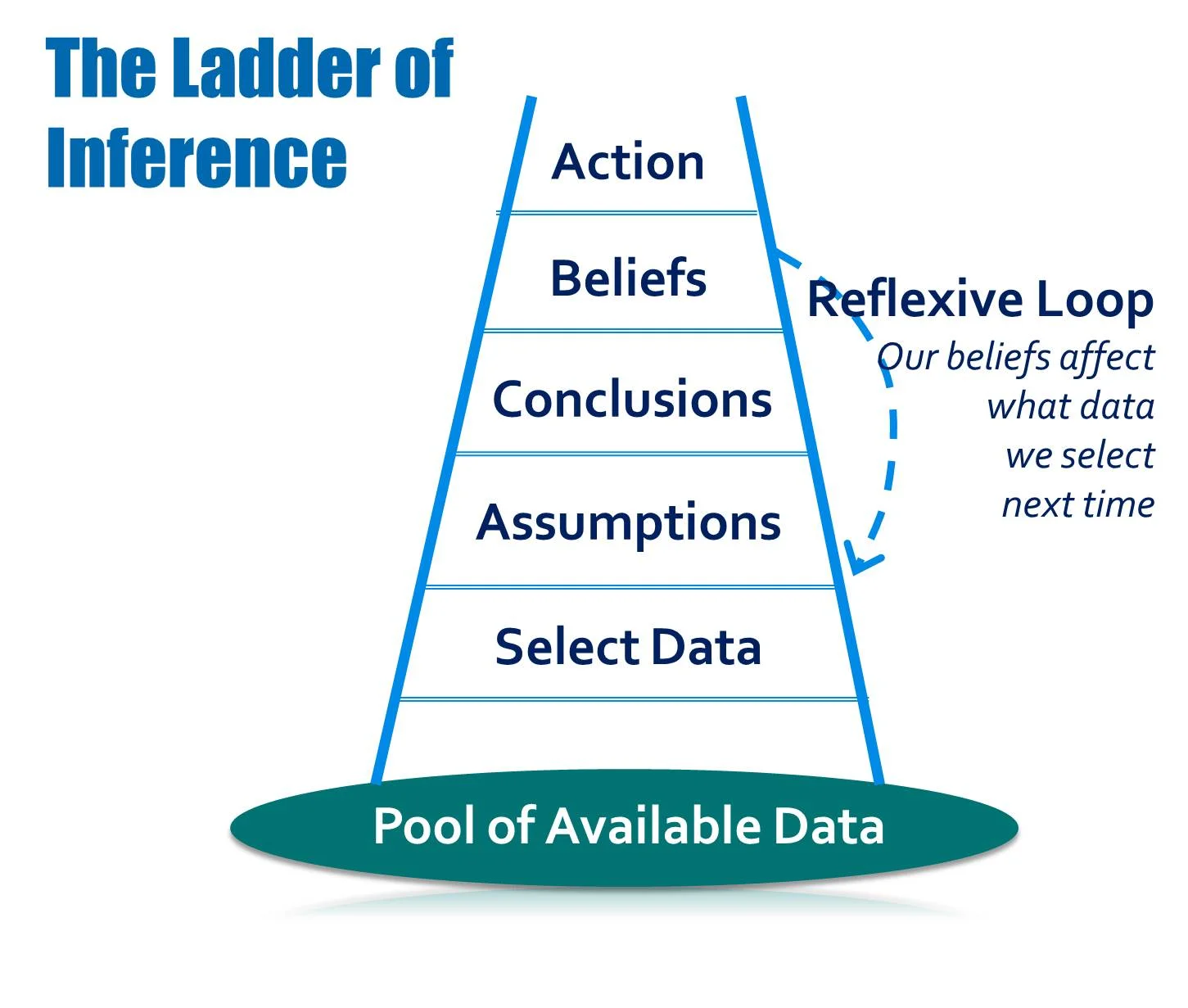TalentGrow Blog
Employee Development on a Shoestring 'trailer' [video]
/The "STS Formula" for giving positive feedback and appreciation
/It was very nice to see TalentGrow's annual gift featured in this guest post on WordOfMouth.org by our friend and colleague Jeremy Epstein, VP of Marketing and Social Navigator at Sprinklr. It just shows that when you give thoughtful, meaningful, authentic gifts, it really resonates with the people who receive them.
The same is true with positive recognition and appreciation; in my opinion, it is the most influential tool in any leader's toolkit. When you say "thank you" or "job well-done" to a staff member, peer, supervisor, client, associate or friend, it has a lasting positive effect, often with a multiplier effect rippling off of it.
Let's face it: NO ONE has ever felt TOO appreciated. Period.
Halelly's "STS Formula" for positive feedback and appreciation
Here's the simple formula that is guaranteed to work to make people feel truly appreciated:
- Be Specific. Describe in as much detail as possible WHAT you appreciated and WHY.While "Thank you" and "Good job" are way better than nothing, they don't really describe the behavior you appreciated and want to recognize. Here's a little secret: what gets appreciated, gets repeated. Don't you want to let the person know what behavior to repeat?
- Be Timely. Articulate your appreciation (whether orally or in writing) as closely to the occurrence of the appreciated behavior as possible. Otherwise, not only will the person possibly forget what they did, but they may not feel your appreciation is as authentic or heart-felt as it should be. I mean, "thank you so much for helping me that time two months ago" just doesn't have as much of a positive impact as "thanks for your help yesterday" does.
- Be sincere. People can read (and smell) 'fake' from a mile away. Humans are astute observers of nuanced body language signals that convey incongruence. And, when faced with a mismatch between the words and the way they were conveyed, we almost always trust the visual and vocal cues as the 'true message'. If you're giving appreciation as a 'management technique' or because you 'have to', not because you're truly appreciative, the receiver will pick this up and your positive feedback will have the OPPOSITE effect - it will create distrust and disgruntlement. The bottom line: if you can't find a way to sincerely feel thankful, it's best you don't give thanks.
Take the "STS Challenge"
In the next week, look for opportunities to 'catch' people doing things right, and for things you can appreciate about them, and provide Specific, Timely, and Sincere appreciation. It can be as simple as a spoken appreciation face-to-face or by phone, a thank you card, or a symbolic gift. Then, come back and report about your experience and reactions in the comments below. I can't wait to hear about it!
Image: my modification of a photo by Flickr Creative Commons user Claudio.Ar
Sign up to my free weekly newsletter and get more actionable tips and ideas for making yourself a better leader and a more effective communicator! It’s very short and relevant with quick tips, links, and news about leadership, communication, and self-development. Sign up now!
Also, subscribe to my podcast, The TalentGrow Show, on iTunes to always be the first in the know about new episodes of The TalentGrow Show! http://apple.co/1NiWyZo
You Might Also Like These Posts:
[Vlog]: 10 conversations every leader should have with every employee
The Top 10 Conversations Every Leader Should Have with Every Employee
The 3 Secrets of Motivating and Inspiring Others
7 Tips for Building Mentoring to Develop Employees and Raise Engagement
What do leadership and driving a car have in common? [vlog]
/Have you ever learned new skills, and felt overwhelmed and intimidated? Did you feel unnatural and uncomfortable as you tried out your new skills? If you're like most, you might have even had doubts that you could really perform those new skills and a strong urge to revert back to your tried-and-true old habits.
In the vlog (video blog) below I share a useful analogy that likens the experience of learning any new skills to learning to drive a car for the first time. Please watch it here:
Read More

![Employee Development on a Shoestring 'trailer' [video]](https://images.squarespace-cdn.com/content/v1/513dd8ede4b0cc0702fce2ec/1392152211205-C4SIKWBZE0V5AX1WCD2M/EmpDevShoestring+Video+shot.jpg)

![What do leadership and driving a car have in common? [vlog]](https://images.squarespace-cdn.com/content/v1/513dd8ede4b0cc0702fce2ec/1472753430574-FM60I05ITSE8UJF4Z59G/leadership+and+driving+a+car+thumbnail.jpg)
